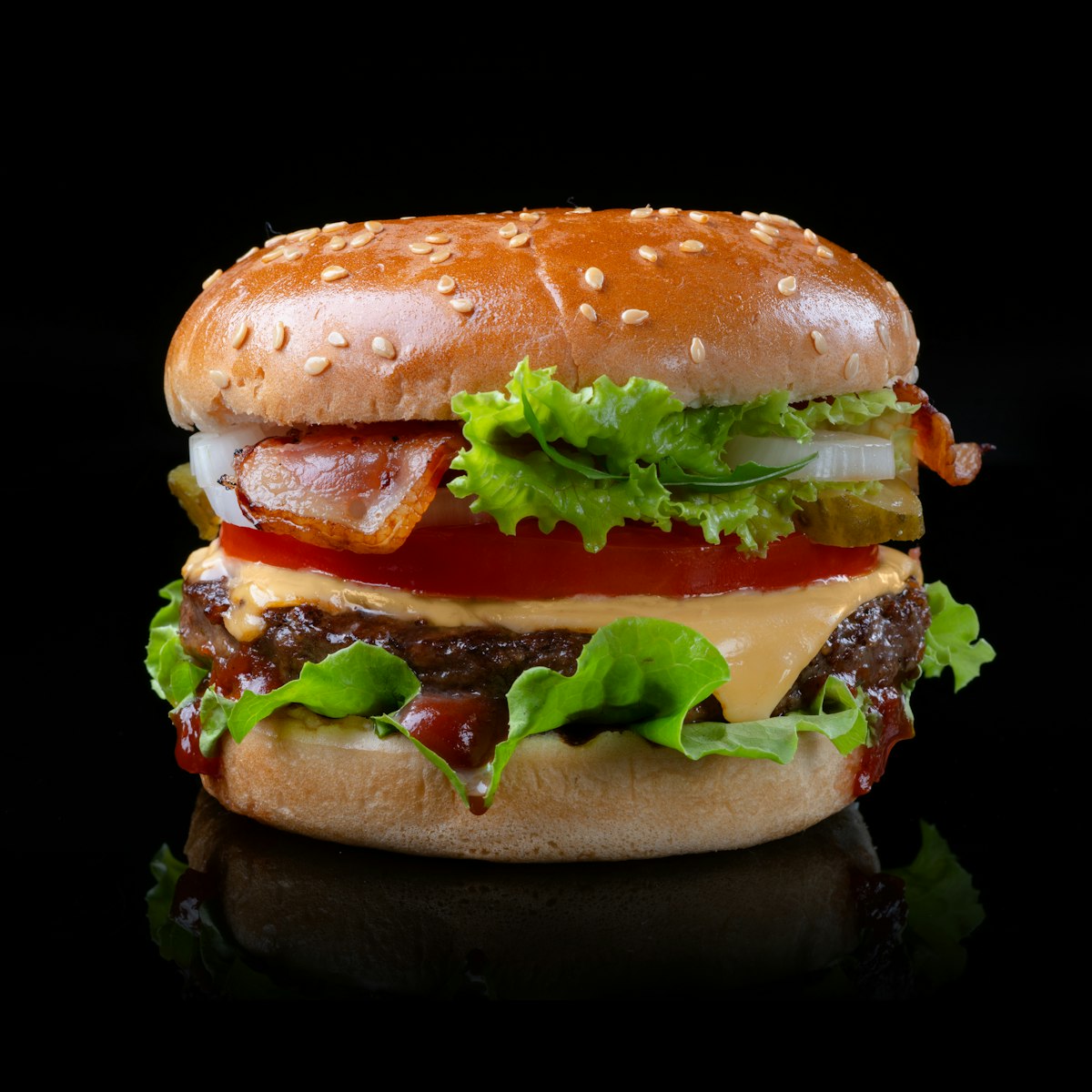Seeing beyond Foodtech

In 2021 I was working on a comprehensive benchmark of the Foodtech and Agtech ecosystems worldwide for one of the largest biotech clusters in Europe.
Think of their role in the market as plucking the best deeptech startups ahead of the curve, bringing them the best nutrients possible to promote growth, and actively participating in the rebuilding of (in that case) agronomy and food production worldwide.
And make no mistake, it's a global scale market that is undergoing a high-velocity paradigm shift on many fronts.
I’m a terrified dinosaur... I’ve been living in this cozy world of old brands, big volumes, nothing changing very much, and you could just focus on being very efficient and you’d be okay, and all of sudden we are being disrupted in all ways. - Jorge Paulo Lemann (Co-Founder of 3G Capital, owner of Burger King and Kraft Heinz)
But as I often point out, innovation is never linear. You cannot really assess the future of a market by just checking where it is and thinking this will be more of that. It's all about skating where the puck will be in the next 3 to 5 years.
So with the OK of the cluster I was working with, let me share my last year's conclusion of where Foodtech and Agtech were going in 2021 ⤵️
From meat to ingredients, to components
The current major wave in Foodtech is indisputably alternative proteins, whether cell- or plant-based or both. We are already witnessing a diversification in “meat” itself. It all started with beef patties, moved to chicken nuggets and pork sausages, then fish meat and shrimps, and eventually pet food.
If this first wave is not done yet, major players are in place and starting to seize the market. Others are starting to explore how to innovate not the end-product but the value chain of food production itself. For instance, we are seeing a rise of ingredient startups trying to create new flavors, textures, alternative fat, oils, and sugars for the food industrials.
And it doesn’t stop here. Prominent startups like Turtletree are going further upstream the value chain, aiming at innovating core components such as new cell culture media that could be accessible at scale with tremendous cost-efficiency. The key insight here is that after the first wave of innovation aiming for the core market, further waves propagate in the production value chain to allow for cost-efficiency and mass-market production.
From food to cosmetics, to materials
Another trend that plays on the fragmentation of the innovation waves (rather than just A to B replacement) is the invasion of Foodtech solutions and know-how to adjacent markets.
One of the most obvious next waves is the diversification of Foodtech into cosmetics, with collagen as one of the most required alternative ingredients in this industry. And it’s worth noting that innovating ingredients for the cosmetics market with technologies that are essentially coming from Foodtech research is way less complicated in terms of regulations.
And the push for diversification might go much further than cosmetics. The fashion industry that has been trying for a decade to make good on the promise of being more eco-friendly is now turning a lot of attention to plant-based (and mushroom-based) alternatives to leather. Similar tectonic shifts are appearing in the high luxury market, with the slow but steady rise of synthetic diamonds as a possible future new normal for jewellers as De Beers or Tiffany & Co.
This maps the evolution of the consumer mind about what makes fashion and luxury icons. Many of the startups exploring Foodtech and Agtech technologies might find a good reason to consider soft pivots to other markets that will be more accessible in terms of regulations (again) and consumer change of behavior.
From biotech to IT, and back
The last wave worth considering is certainly the rising impact of artificial intelligence and automation.
In Agtech, first, the economic impact on how crops and farming are managed is a top priority. The Indian market is, for instance, essentially concerned with how to improve farm yields and production collection before distribution. The Netherlands has largely built their European agriculture leadership on the way they manage light, nutrients, and crop rotation in greenhouses. This is not to say that new crops or new proteins are not solving critical problems for agriculture, but that in the end, getting into this market is about managing scale and significative cost-efficiency.
For Foodtech, another driver might be at play. There is a sense that the most obvious technical pathways to produce novel food (plant- or cell-based) have been explored. Finding the next pathways will require different approaches, and it probably means artificial intelligence and genomics.
Since 2021, things have moved ahead pretty much as I was forecasting. But not everything has, and spectacular new events hit us. I'm good at my job, but I wasn't really planning on the Ukraine tragedy and the consequences for our global food chains. If only for that reason, you now know that Foodtech and Agtech will be as strategic endeavors as energy from now on.



